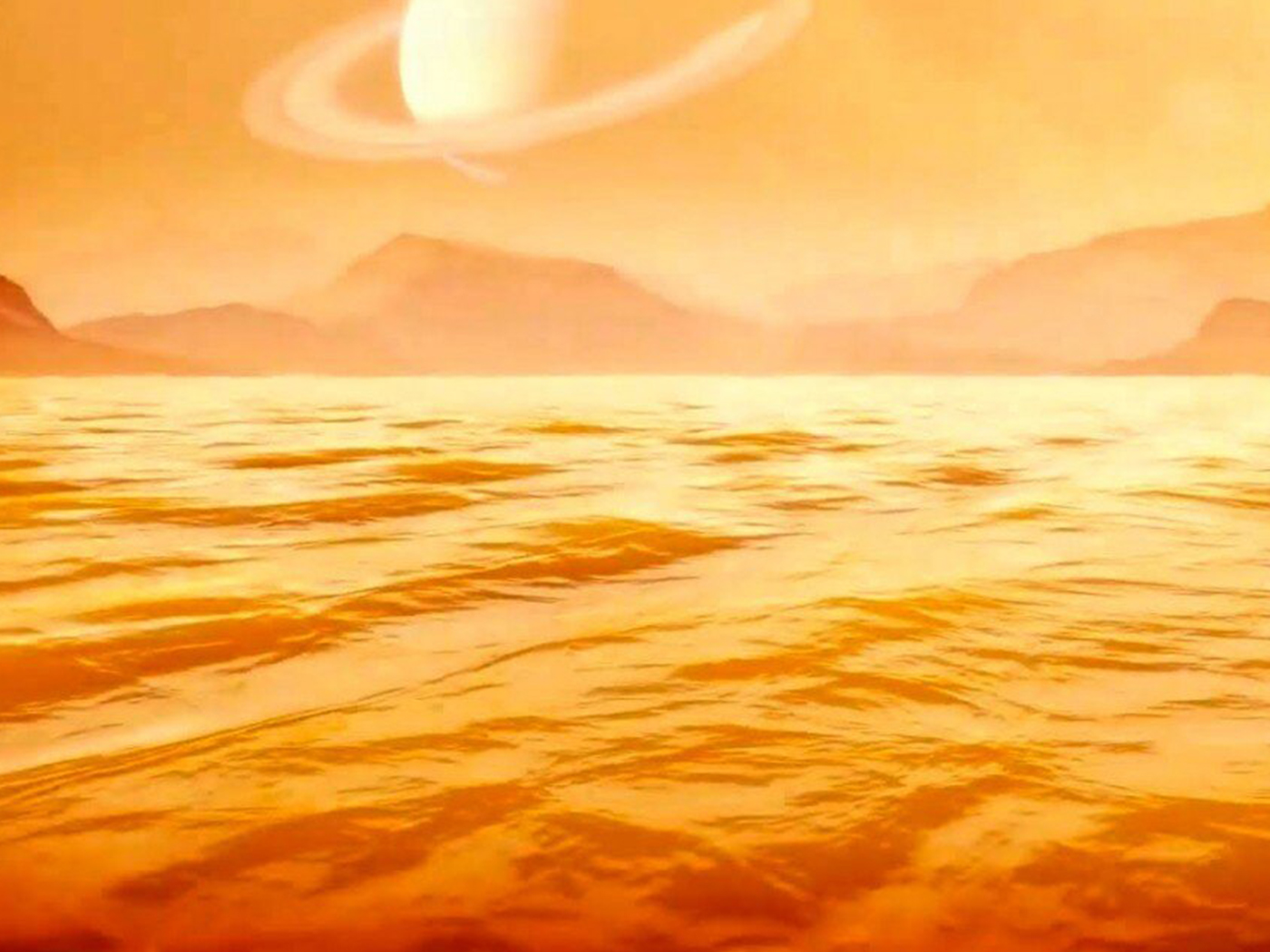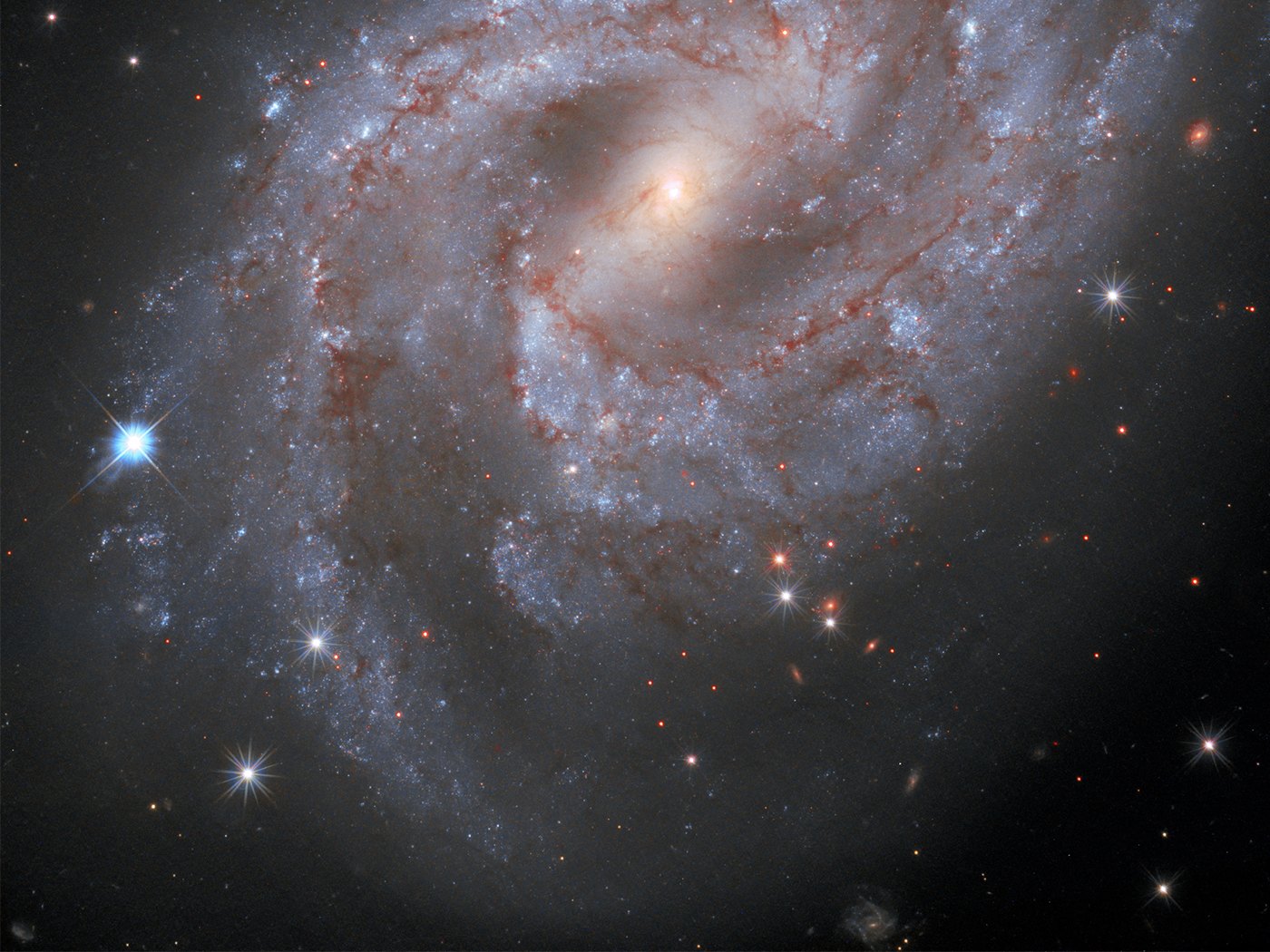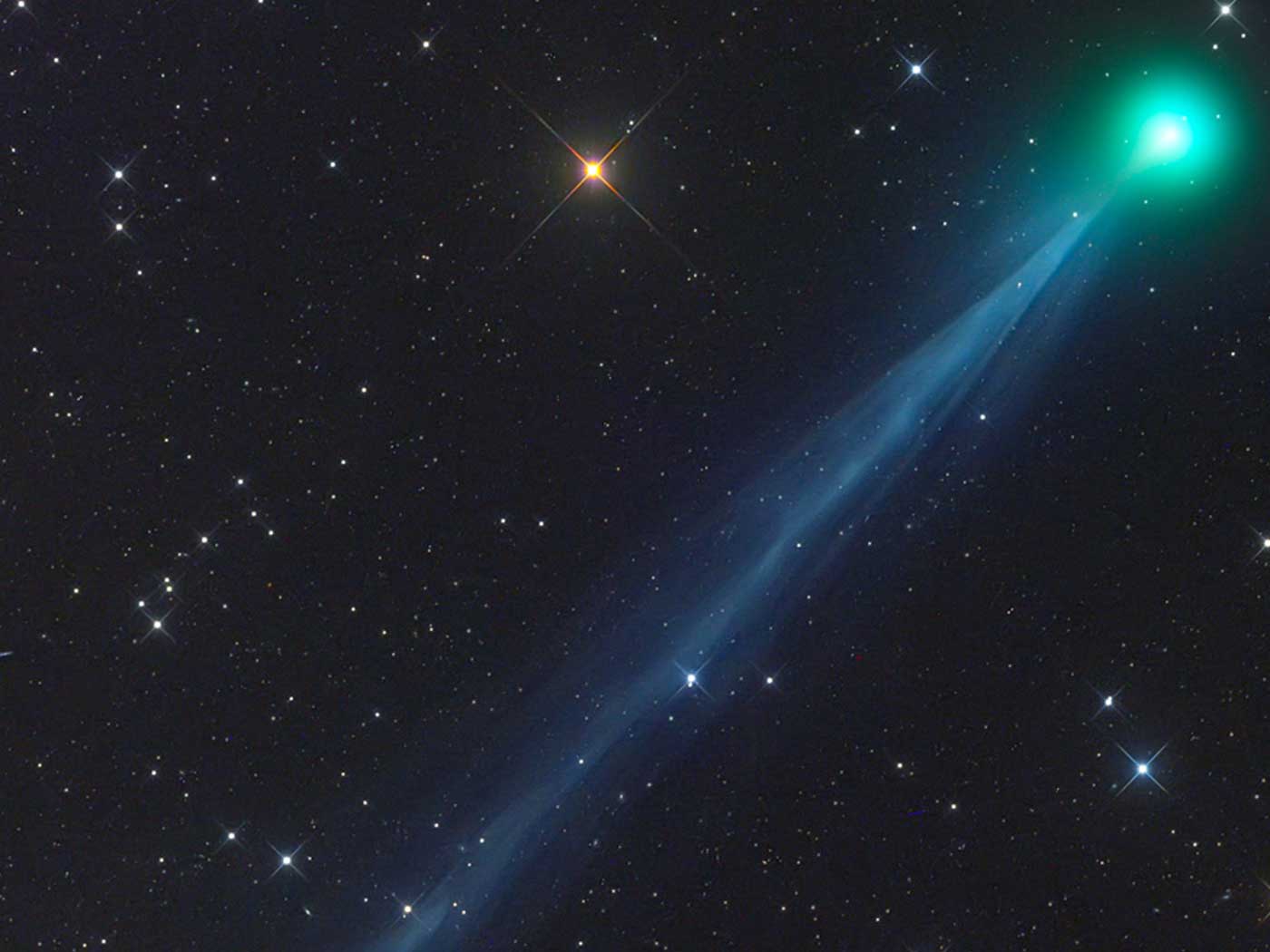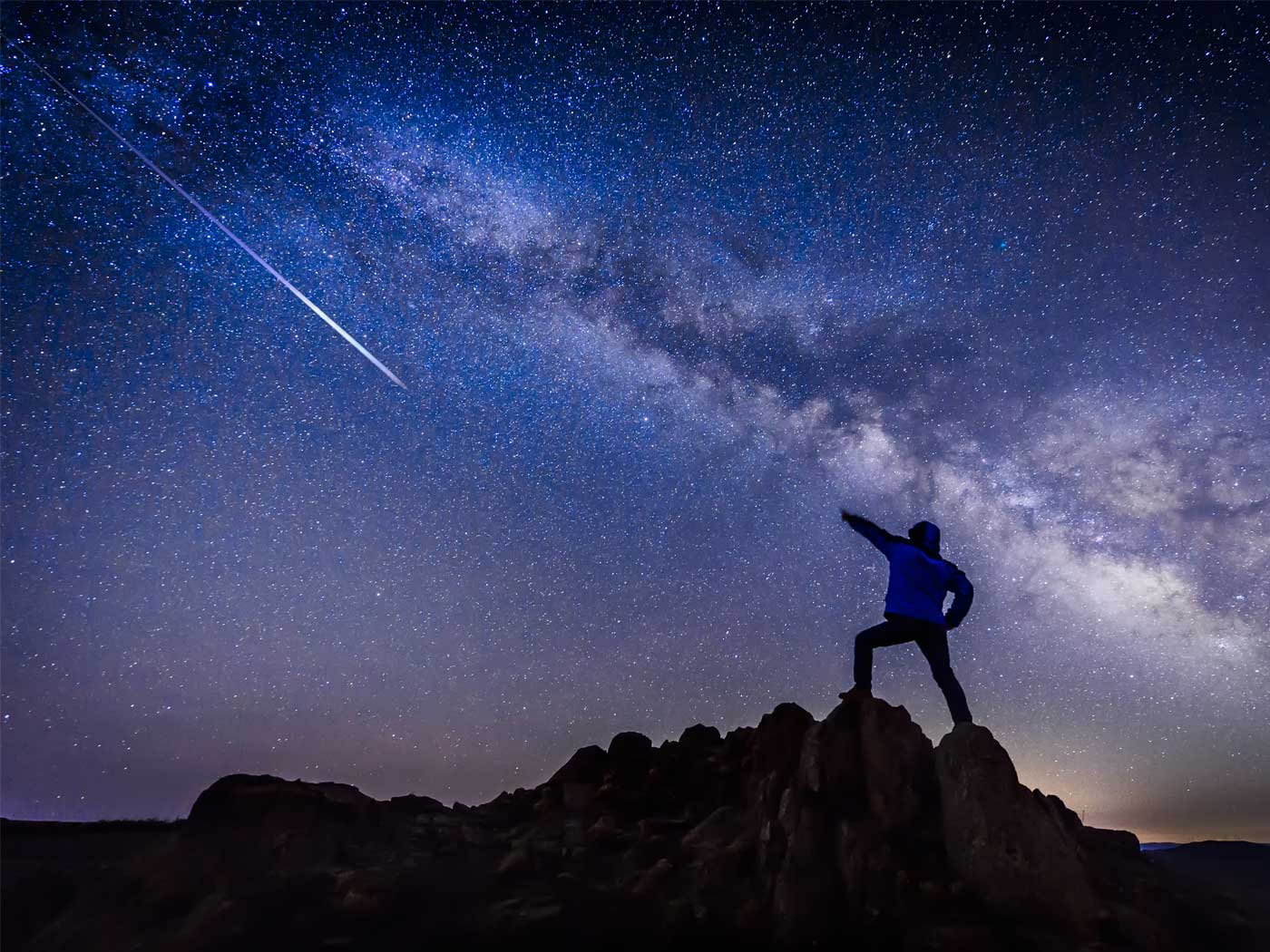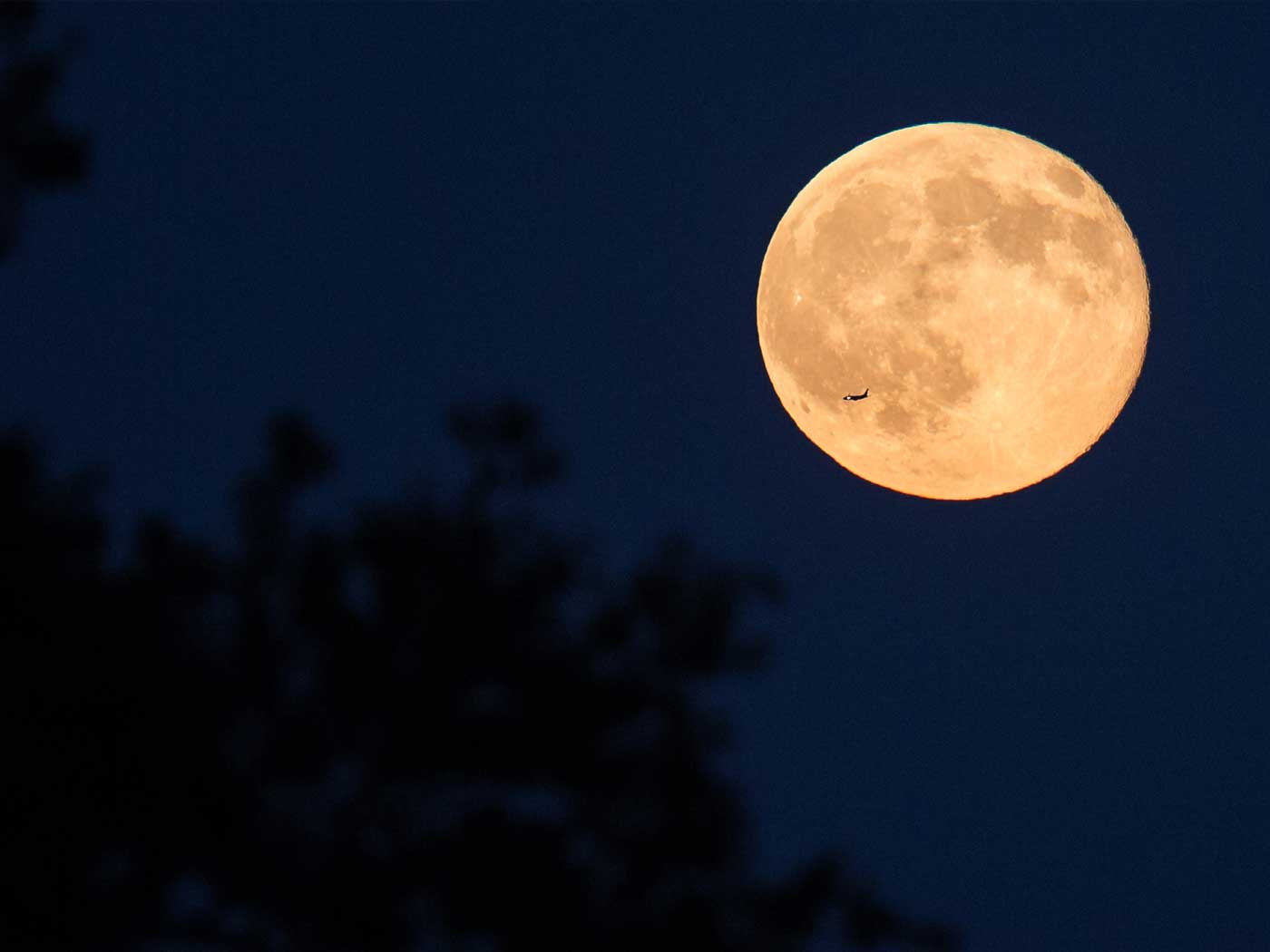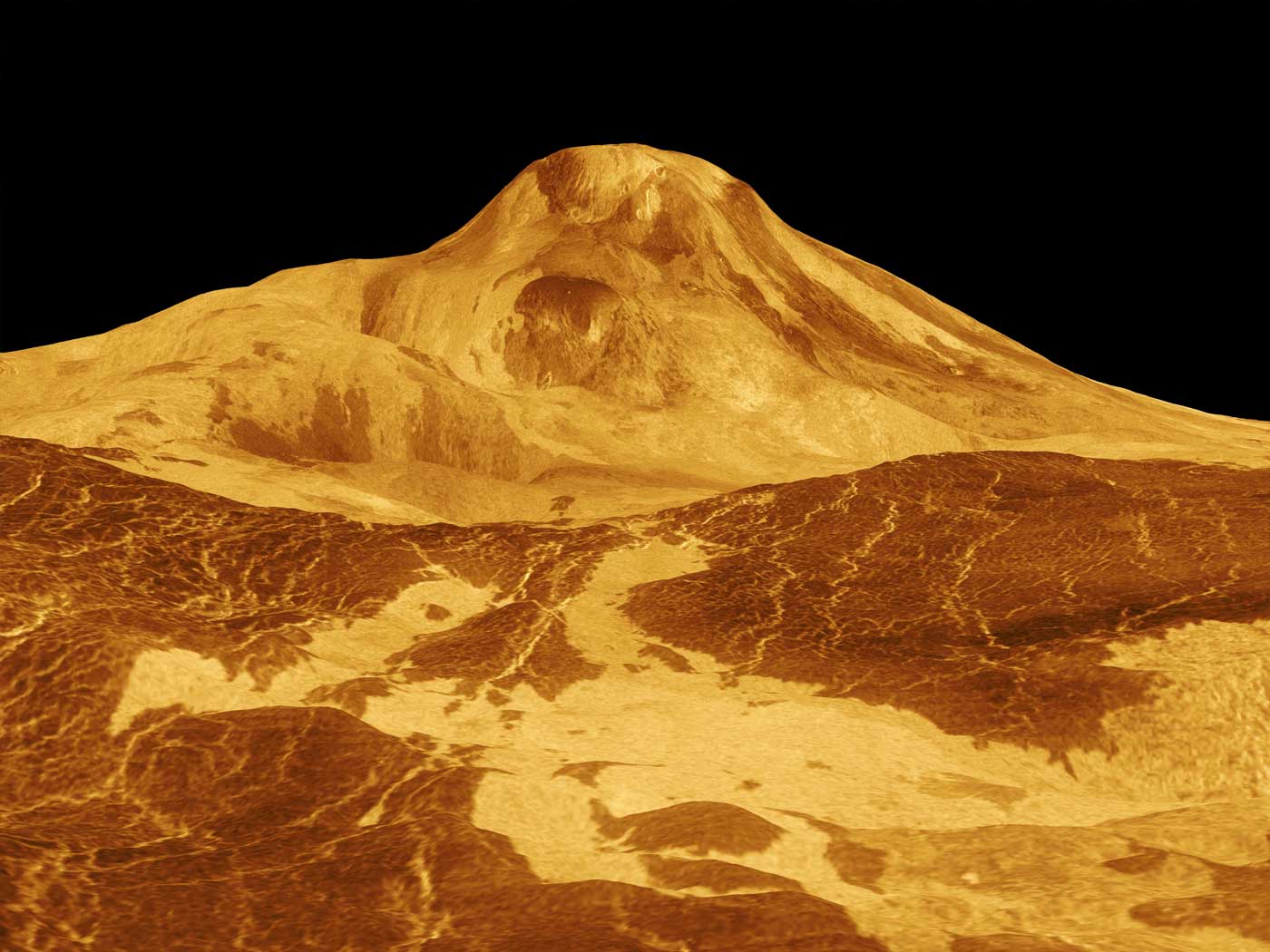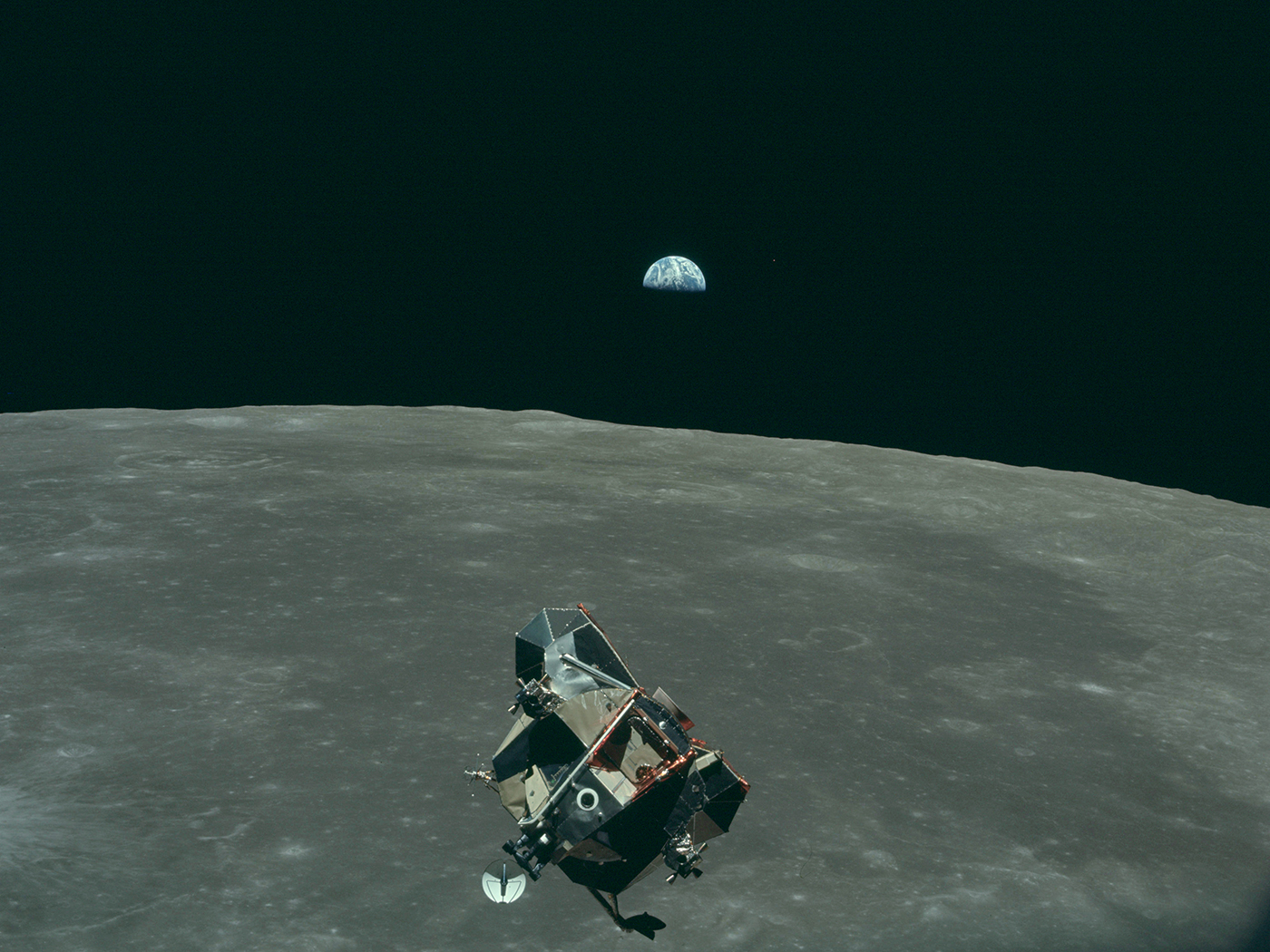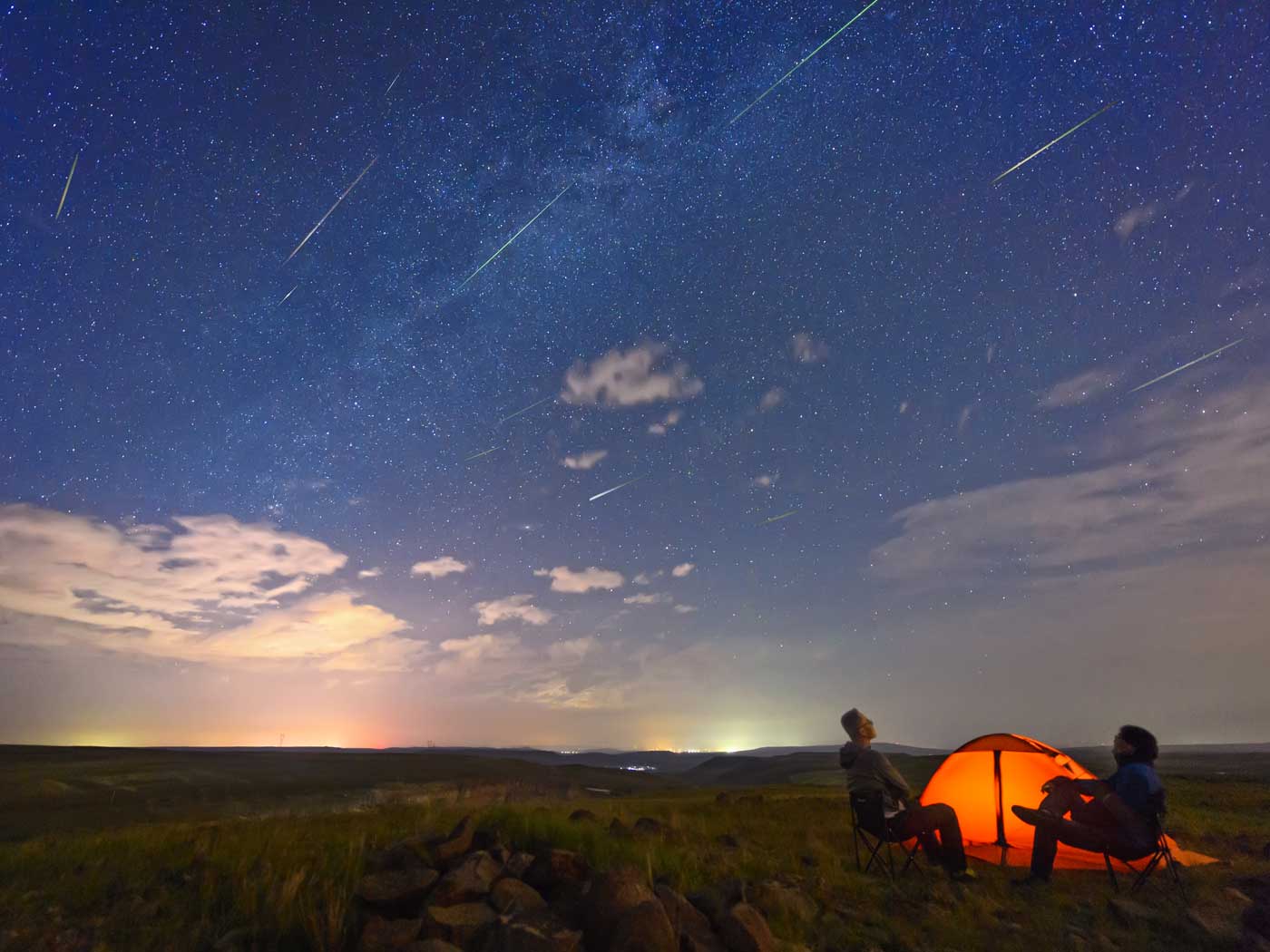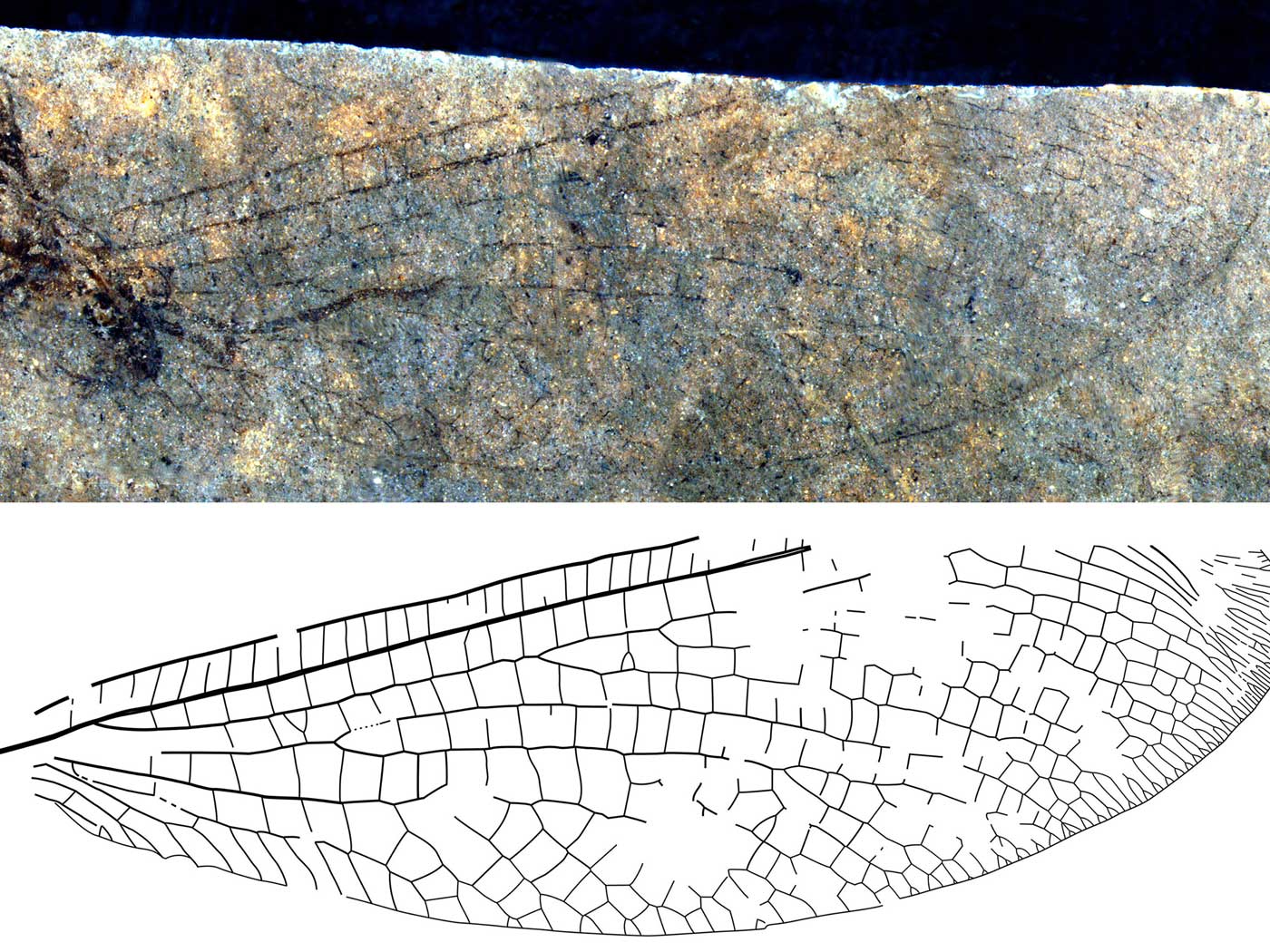A recent attempt by European astronomers to use the Hubble Space Telescope to find evidence for the first stars expected by secular theory has failed. This is despite the Hubble Space Telescope’s ability to image objects at vast distances—so vast that these objects were supposedly formed 500 million years after the alleged Big Bang.1-3
Astronomers classify stars into three populations, or groups, according to the stars’ chemical compositions, or metallicities. In astronomical vocabulary, a metal is any chemical element heavier than hydrogen or helium. The metal content of these star populations is thought to be related to their age and evolutionary history. The very “first” stars are called Population III stars.4 Because the Big Bang supposedly produced only hydrogen and helium, with small amounts of lithium and beryllium, then these very first Population III stars should contain almost no metals.
Eventually nuclear reactions in the cores of these Population III stars would produce heavier elements which would eventually be dispersed throughout interstellar space via supernova explosions. These heavier elements would become part of the chemical constituents of a later group of stars, called Population II stars. These Population II stars would eventually produce more metallic elements, which would eventually enter the interiors of the most recently formed Population I stars. So Population I stars should have the highest metallicities, Population II stars should have intermediate metallicities, and Population III stars should have the lowest metallicities of all.
In a Big Bang scenario, Population III stars were required in order to produce metallic elements. However, an omnipotent Creator doesn’t need an evolutionary process or multiple generations of stars in order to populate the heavens. God is capable of creating with a word as many stars as He likes with whatever chemical compositions He desires!
In that light, it is interesting that Population I and II stars have been observed, but not the Population III stars required by secular theory.
The press release from the European Space Agency and the Hubble Information Center is refreshingly candid about the difficulty secular astronomers have in providing a naturalistic explanation for the first stars and galaxies: “We do not know when or how the first stars and galaxies in the Universe formed.”1
Because these expected Population III stars have not been observed, secular astronomers have concluded that the first stars and galaxies must have formed even earlier—less than 500 million years after the Big Bang. Lead researcher Rachana Bhatawdekar of the European Space Agency said, “These results have profound astrophysical consequences as they show that galaxies must have formed much earlier than we thought.”1
That is one possibility. Or perhaps the evolutionary story devised to explain the existence of stars is simply wrong. Perhaps the reason these Population III stars have not been detected is because they never existed!
Once again, secular astronomers and astrophysicists were surprised by their observations.1 That they are continually being surprised by the data is an indication that the secular models are simply wrong.5
References
1. Hubble makes surprising find in the early universe. PhysOrg. Posted on phys.org June 4, 2020, accessed June 4, 2020.
2. Big Bang astronomers assume that light from objects billions of light-years away takes billions of years to reach us. That would mean that we are seeing objects at these vast distances, not as they are now, but as they were billions of years ago. Although this assumption may seem reasonable, it is based on subtle assumptions that have not been demonstrated to be true, and creationists think this assumption is in error. See also reference 3.
3. Coppedge, D. F. 2007. The Light-Distance Problem. Acts & Facts. 36 (6).
4. One might intuitively think that this hypothetical first “generation” of stars would be labelled as Population I stars, but for historical reasons, this is not the case.
5. Coppedge, D. F. 2008. The Message in Surprise Effects. Acts & Facts. 37 (8): 15.
*Dr. Jake Hebert is Research Associate at the Institute for Creation Research and earned his Ph.D. in physics from the University of Texas at Dallas.
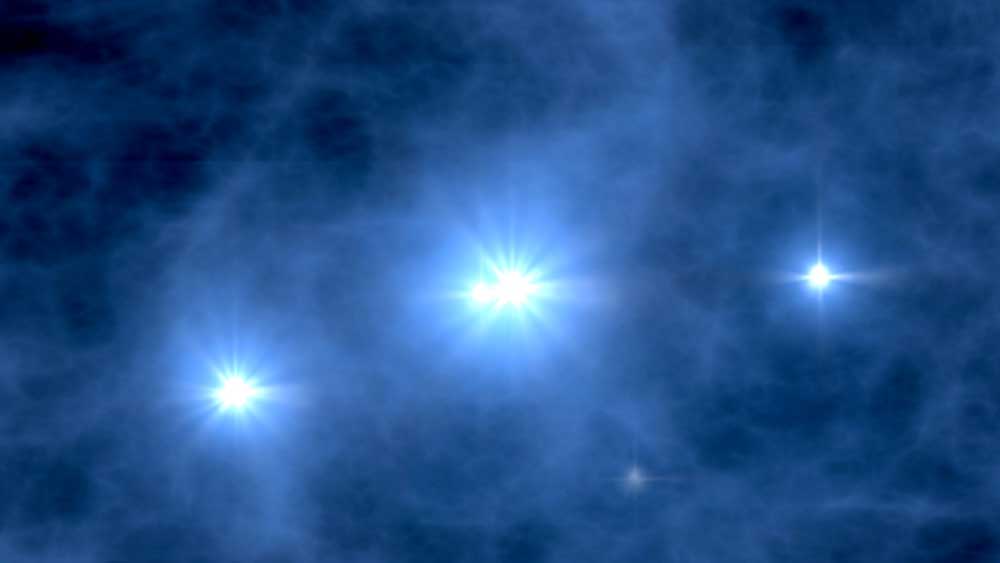
Universe’s "First" Stars Are Missing?
The Latest
Was a Key to Photosynthesis Evolution Discovered?
Northern Canadian lakes were the source of recently discovered unique photosynthetic bacteria of the phylum Chloroflexota. After years of culturing,...
CREATION PODCAST
Four Moons That Indicate a Young Universe | The Creation Podcast:...
Earth has one moon, but Jupiter has many! What can we learn from our celestial neighbor's satellites? Do they indicate youth?
Host...
Creation Kids: Seeds and Sprouts
by Renée Dusseau and Susan Windsor*
You're never too young to be a creation scientist and explore our Creator's world. Kids, discover...
APOLOGETICS
Christ’s Creativity in Canyon Critters
Grand Canyon animals display many marvelous traits and behaviors as they live life in that harsh habitat. These canyon creatures succeed thanks to the...
Standing Against False Science
I’m Michael Stamp, and I’m in my 12th year as an editor at the Institute for Creation Research. It’s always an encouragement to see...
Oysters and Pre-Flood Longevity
The oyster species Crassostrea virginica, also known as the eastern oyster, is a prized seafood. Research has demonstrated that a fossil version of...
Galápagos Finches: A Case Study in Evolution or Adaptive Engineering?
A group of birds known as Darwin’s finches live in the Galápagos Islands, which are located in the Pacific Ocean 600 miles west of Ecuador....
Hot Springs National Park: Hydrothermal Springs Formed By The...
Hot Springs National Park is located about an hour southwest of Little Rock in the folded Ouachita Mountains of central Arkansas. It is the second smallest...
Why Biology Needs A Theory of Biological Design—Part 2
“Based on a true story” is included by movie producers to add authenticity, importance, and a flair of anticipation. So, my account of how...
Marine Fossil Tapeworm Is Still a Tapeworm
The Flood was both sudden and rapid. The burial of creatures—including delicate plants and soft-bodied animals like jellyfish1—occasionally...





